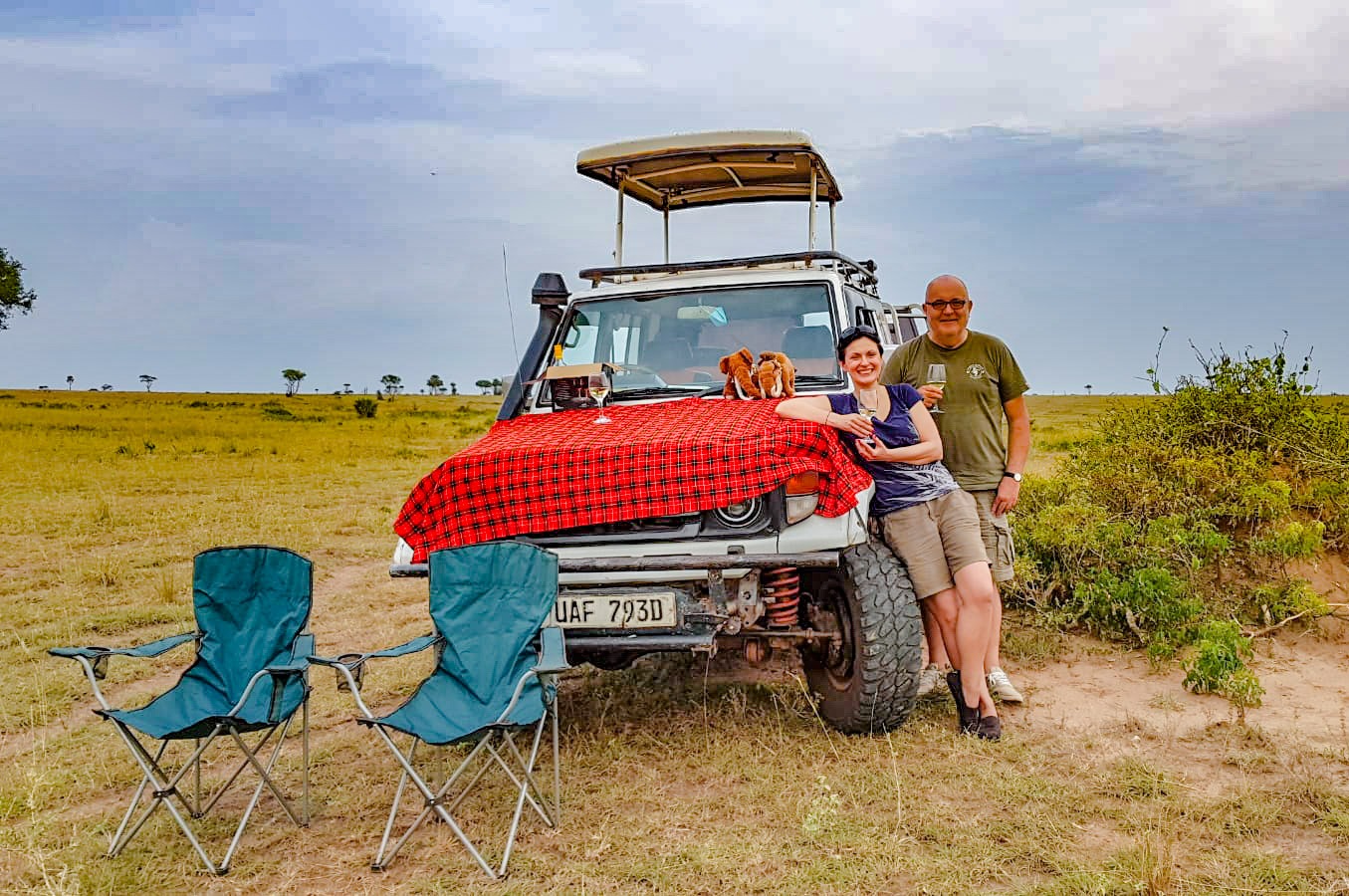The allure of a self drive safari in Uganda is undeniable. It’s the freedom of the open road, the thrill of tracking a lion pride at your own pace in Queen Elizabeth National Park, or the awe of rounding a bend to find a family of elephants in Murchison Falls. This ultimate adventure, however, demands more than just a rented 4×4 and a sense of wanderlust. The Pearl of Africa’s rugged beauty, remote landscapes, and unpredictable conditions require smart preparation.
Embarking on a self-drive journey here means being self-reliant. Whether you’re navigating the Bwindi Impenetrable Forest’s winding tracks or crossing the vast plains of Kidepo Valley, having the right equipment can be the difference between a minor inconvenience and a trip-ending disaster. As of 2025, with more travelers seeking authentic, independent experiences, being properly kitted out is paramount. Here is your definitive guide to the essential tools and gadgets for a smooth and unforgettable self-drive safari in Uganda.
1. Vehicle & Recovery Essentials: Your On-Road Insurance
Your vehicle is your lifeline. While reputable rental companies in Kampala provide well-maintained 4x4s (like the Toyota Land Cruiser or Rav4), it’s crucial to ensure it comes with, or that you pack, these non-negotiable items.
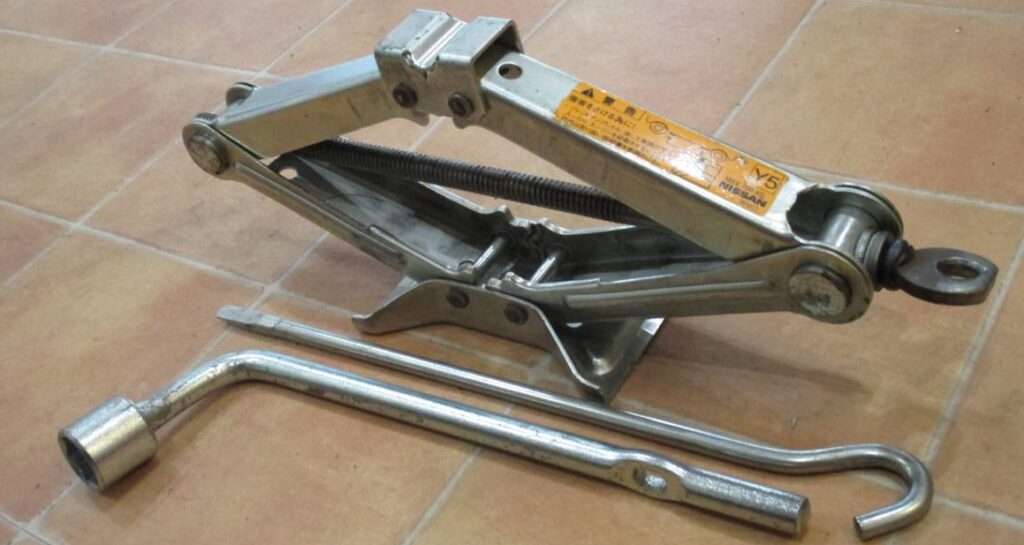
- Two Full-Size Spare Tires: Ugandan roads, especially in national parks, can be unforgiving. A single puncture is common; a second is a real possibility. Insist on having two fully inflated, good-condition spare tires.
- High-Lift Jack & Wheel Spanner: A standard car jack may not be sufficient for a high-clearance 4×4. A high-lift jack provides the necessary elevation to change a tire on uneven ground. Ensure you know how to use it safely before you set off.
- Tire Pressure Gauge and Portable Air Compressor: You’ll need to adjust your tire pressure frequently. Lowering it (e.g., to around 1.8 bar) provides better traction and a smoother ride on gravel or sandy tracks, while you’ll need to re-inflate it (e.g., to 2.2 bar) for tarmac roads to improve fuel efficiency and safety. A 12V air compressor that plugs into your car’s cigarette lighter is invaluable.
- Basic Toolkit & Jump Cables: A set of wrenches, screwdrivers, and pliers can solve minor mechanical issues. Jumper cables are a must-have in case of a drained battery, which can easily happen if you leave lights or a cooler running.
- Shovel and Traction Mats (Maxtrax): If you’re venturing into areas known for mud (especially during the rainy seasons) or sand, these are essential for getting yourself unstuck without needing a tow.
2. Navigation & Communication: Staying on Track and In Touch
While major routes are paved, park trails are often unmarked dirt tracks. Cellular service is patchy at best and completely absent in many remote areas.
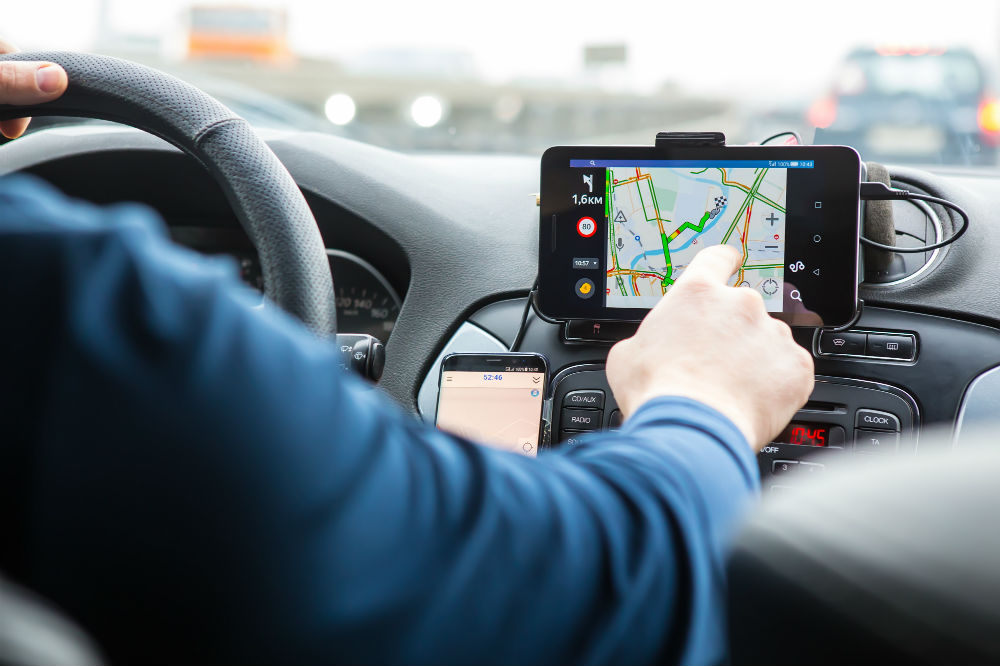
- GPS Device with Offline Maps: A dedicated GPS unit (like a Garmin) is often more reliable than a phone. Crucially, download offline maps for all of Uganda before you leave.
- Smartphone with Local SIM and Mapping Apps: Get a local SIM card (MTN or Airtel) upon arrival for data access where available. Apps like Maps.me and Google Maps (with offline downloads) are excellent. Pin your lodges, park gates, and points of interest beforehand. A sturdy phone mount is also essential for hands-free navigation.
- Satellite Phone or Personal Locator Beacon (PLB): For serious adventurers heading to truly remote zones like Kidepo or parts of Karamoja, this is a critical safety device. It’s your only guaranteed way to call for help in an emergency. Several companies in Kampala offer these for rent.
- Physical Map: Technology can fail. A detailed physical map of Uganda (like the ‘Bradt Uganda’ map) is an indispensable backup. It doesn’t need batteries and gives you a much better overview of your route.
3. Power & Electronics: Keeping Your Gadgets Alive
From cameras to navigation aids, your adventure will be powered by electronics.
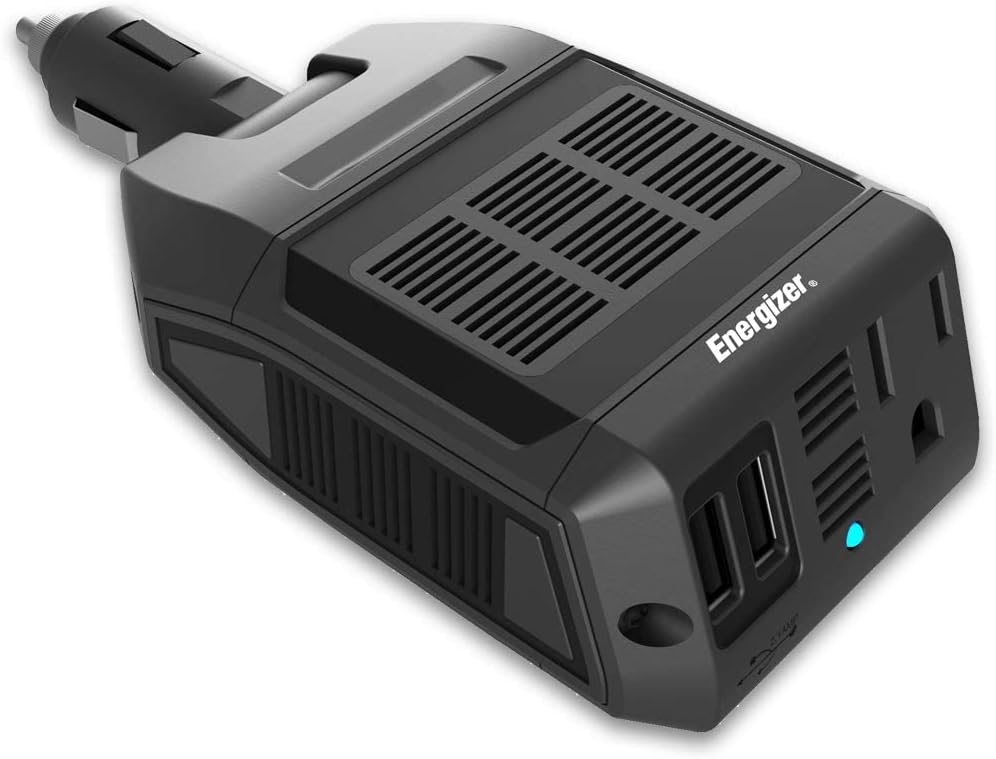
- Portable Power Station or Inverter: A small power station (like a Jackery or Goal Zero) with a capacity of around 300Wh to 500Wh can charge phones, camera batteries, and even a laptop. Alternatively, a high-quality inverter that converts your car’s 12V DC power to 230V AC allows you to charge devices as you drive.
- Multi-Port USB Car Charger: A simple but vital gadget to charge multiple phones and devices simultaneously from the car’s 12V socket.
- Headlamps and a Powerful Torch: Essential for navigating your campsite after dark, checking the car at night, or spotting nocturnal wildlife near your lodge. A headlamp keeps your hands free.
4. Wildlife Viewing & Comfort
The whole point is the safari! Maximize your experience and comfort with these items.
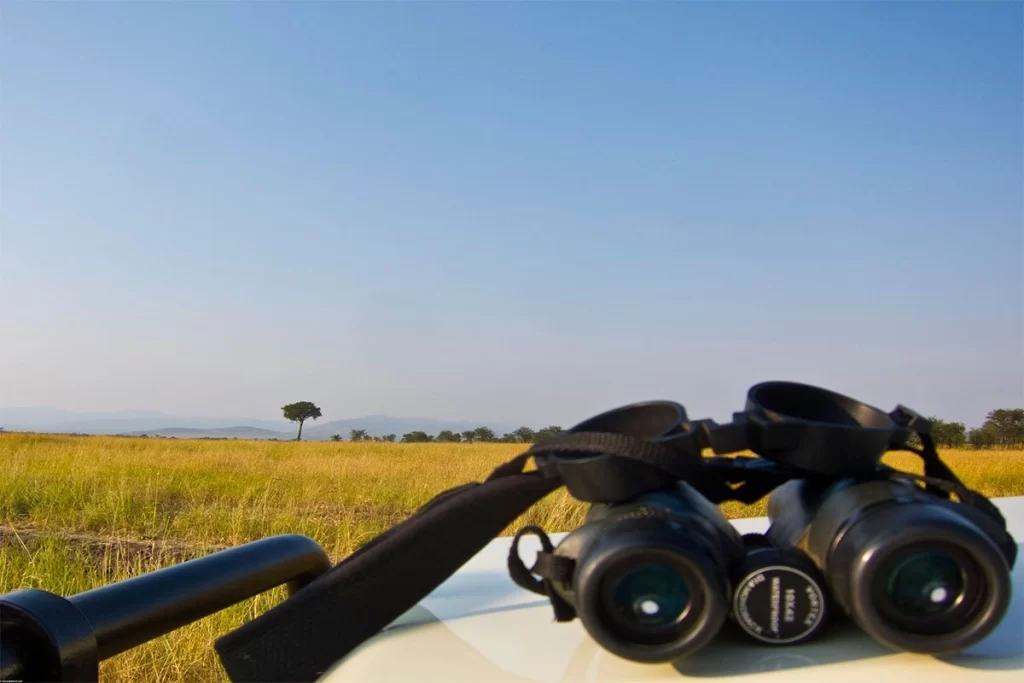
- Binoculars: A good pair of binoculars (e.g., 8×42 or 10×42 magnification) is arguably the most important safari tool. They bring distant wildlife into sharp focus, allowing you to spot a leopard in a sausage tree or identify a rare bird.
- Camera with Zoom Lens: While a smartphone camera is great, a dedicated camera with a zoom lens (at least 200mm) will capture the stunning wildlife moments you’ll want to remember forever. Don’t forget spare batteries and memory cards!
- Portable Fridge/Cooler: A 12V electric cooler that plugs into your car is a game-changer. It keeps your drinks refreshingly cold and your food fresh, saving you money and allowing for scenic picnic lunches.
- Water Filter or Purification Tablets: While you’ll buy bottled water, having a backup purification system like a LifeStraw or purification tablets is a wise precaution for emergencies.
5. Safety & First Aid
Prepare for the unexpected to ensure peace of mind.
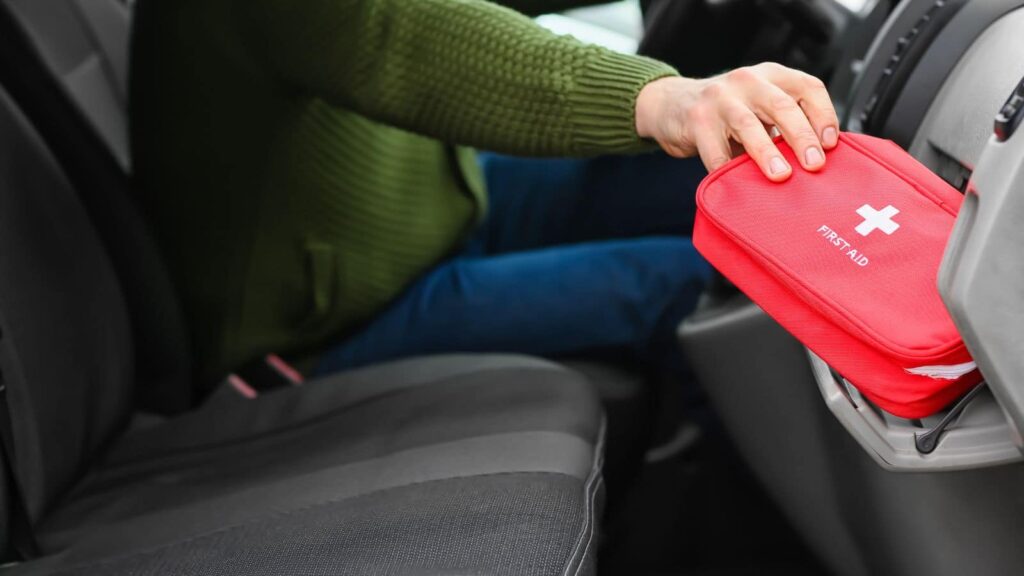
- Comprehensive First-Aid Kit: Go beyond basic plasters. Your kit should include antiseptic wipes, bandages, gauze, pain relievers, antihistamines for allergic reactions, insect bite treatment, and any personal medications.
- Insect Repellent (with DEET): Mosquitoes (which can carry malaria) and tsetse flies are present in many areas. A strong insect repellent containing DEET is crucial, especially for mornings and evenings.
- Uganda Wildlife Authority (UWA) Contact Card: Keep the UWA headquarters and relevant park ranger contact numbers saved in your phone and written down. They are your first point of contact for any wildlife-related emergencies inside the parks.
By packing smart and equipping yourself with these essential tools and gadgets, you transform your Ugandan self drive safari from a potentially stressful trip into the seamless, independent adventure of a lifetime. The open road of the Pearl of Africa awaits—go prepared, and you’ll return with nothing but incredible memories.
To book a rental car in Uganda for self drive adventure- simply contact us now by sending an email to info@ugandacarrentaldeal.com or call us now on +256-779232316 to speak with the reservations team.
